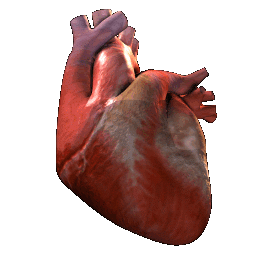To be in the NHL you need to be, among other things, an exceptional skater. The players and coaches seem to agree that to be an effective skater, you need a combination of good technique and physical strength although individual responses differed as far as which was the more important quality. The scientists in this section help break down the mechanics and physics of skating. This starts with the interaction between the blade and ice surface.The nature of ice was examined in the latest findings by chemist Gabor Somorjai. This new information about ice changes the way we look at skating. For a number of years before Somorjai's research, there was a debate as to whether pressure or friction created the water lubricant that was believed to be required for skating. Most scientists seemed to think that it was pressure. According to Somorjai's findings this is not the case. So what you skate on is actually vibrating molecules.
| Professor Somorjai and his team used new methods developed in the last 10 or 15 years to examine the surface structure and composition of the atoms and molecules that make up the ice. These techniques were developed for high-tech applications like studying the surface of materials that can be used for magnetic disk drives, for example. Somorjai used these same methods to examine ice. What he found was rather surprising. Somorjai told us, the structure we determined was an almost impossible structure, indicating that every second water molecule on the surface was missing. After further study, Somorjai's team found that the missing water or ice molecule was indeed there, but it was vibrating so rapidly that it was invisible to the technique they were using. Once Somorjai and his team found this out, they could change the conditions to further study these molecules. |


